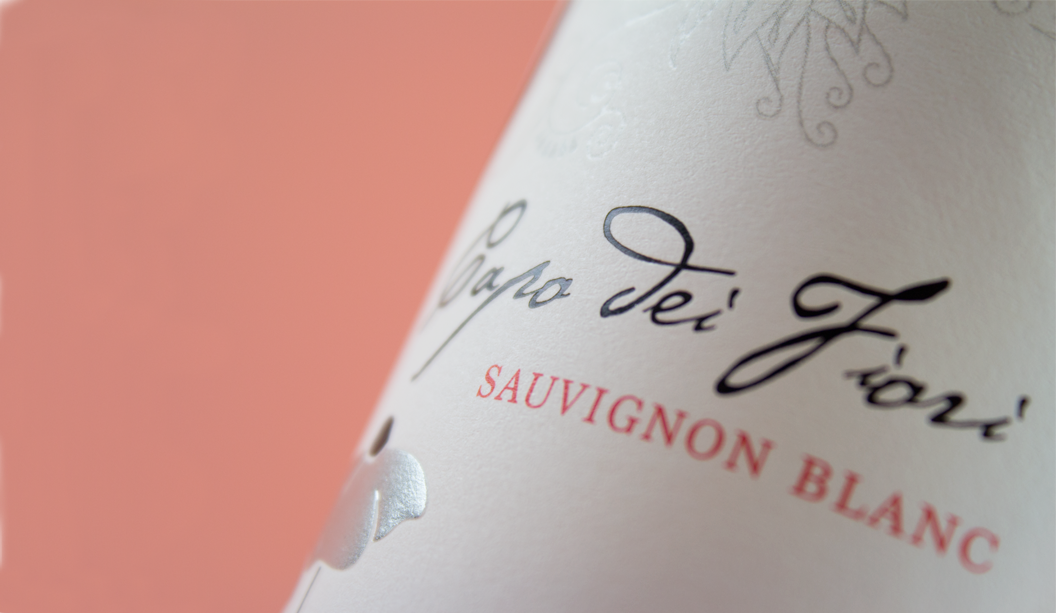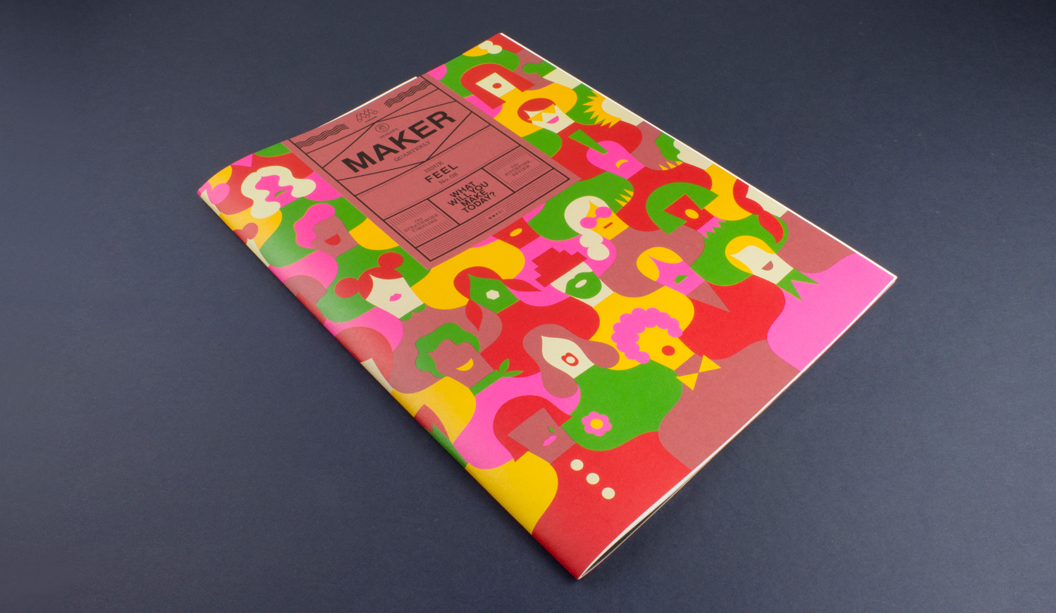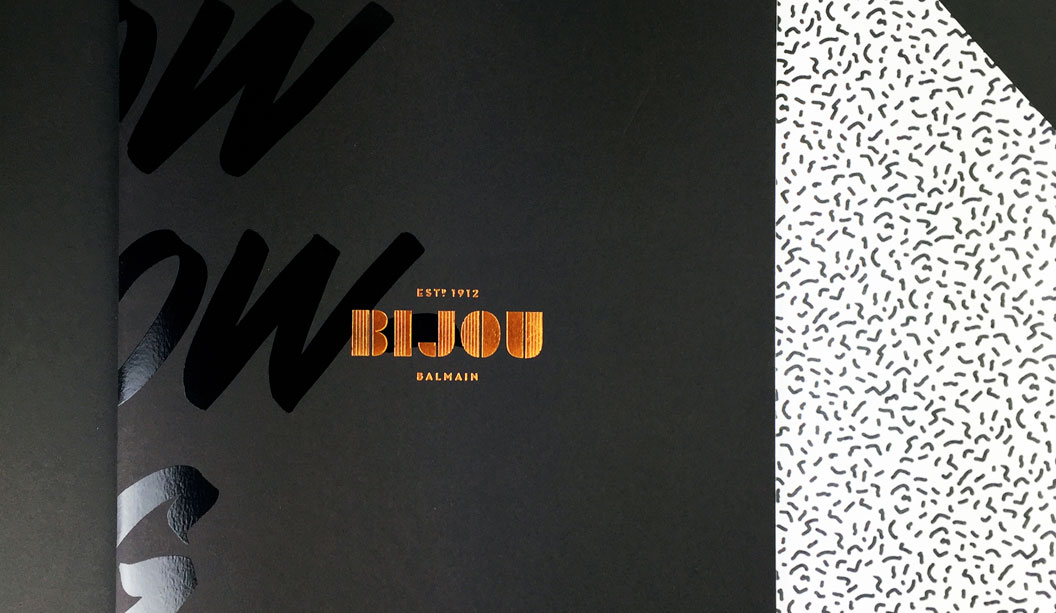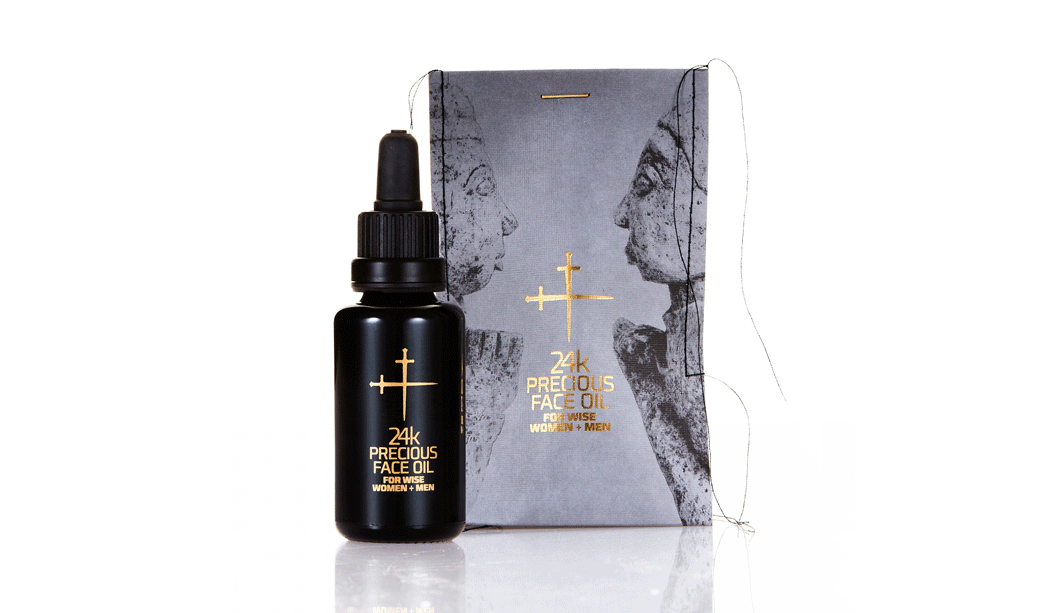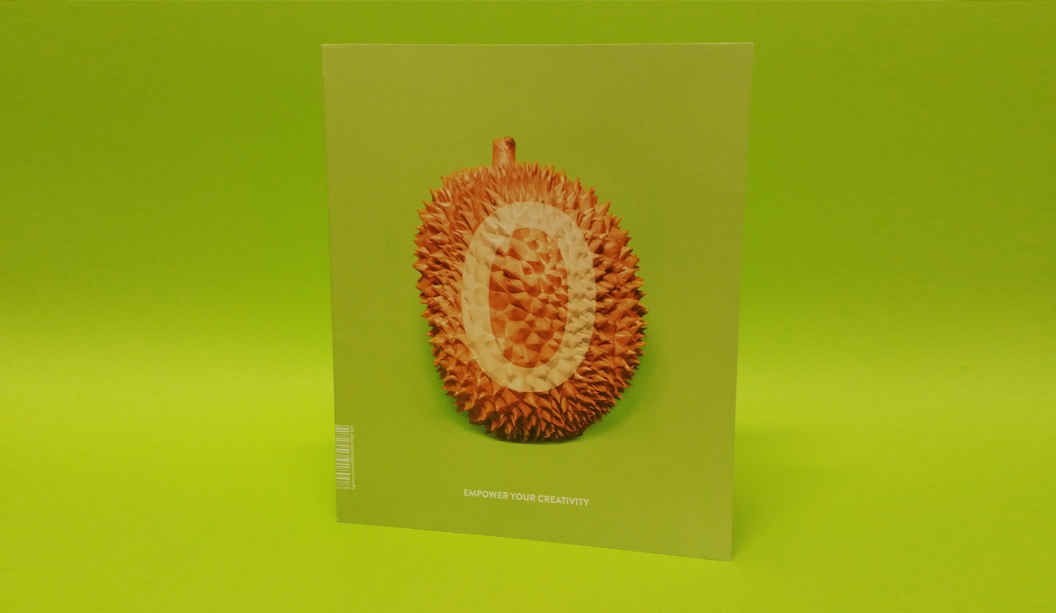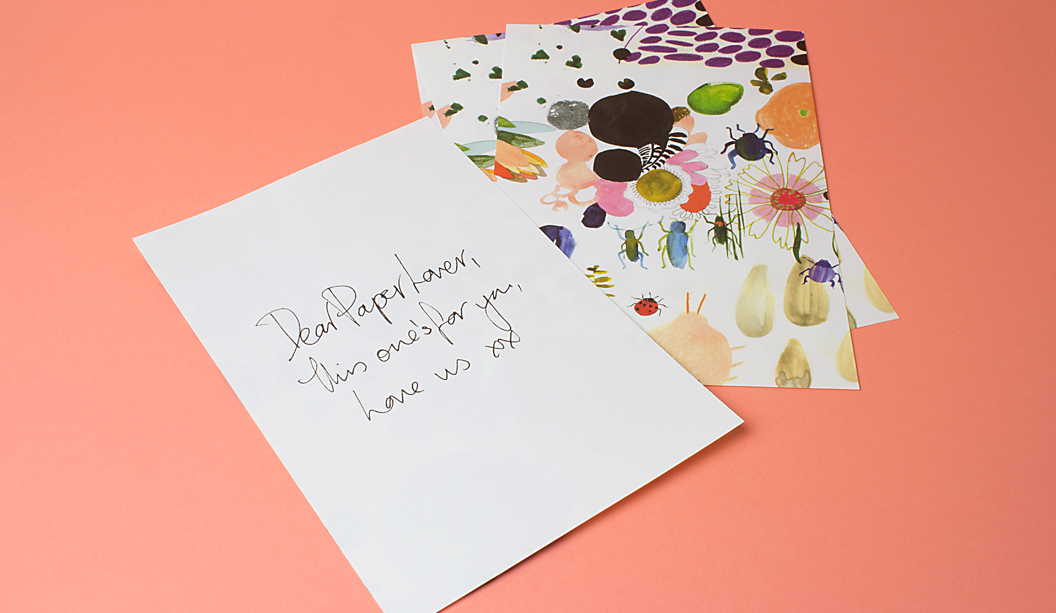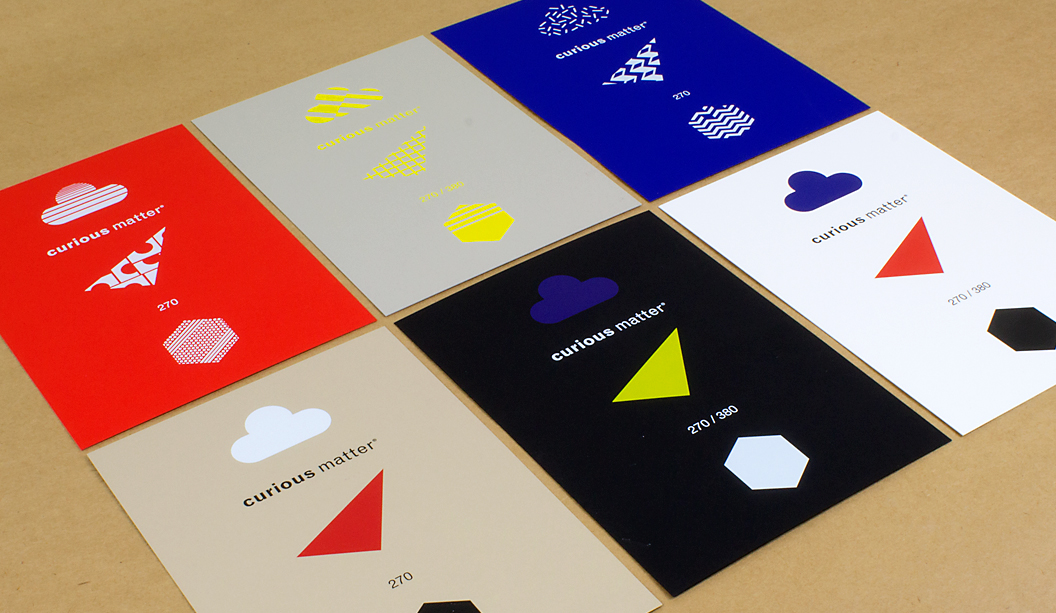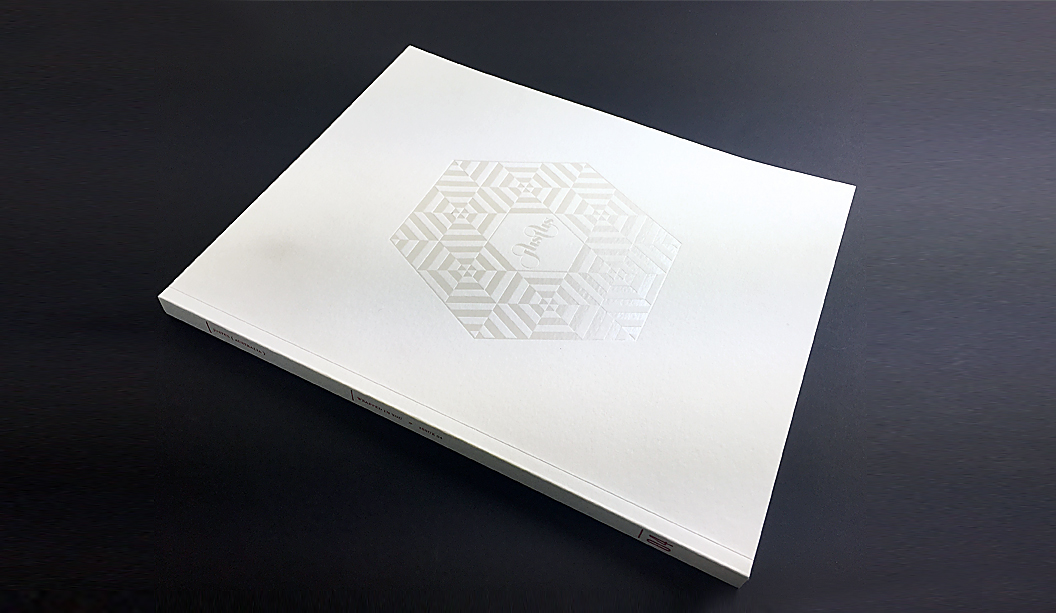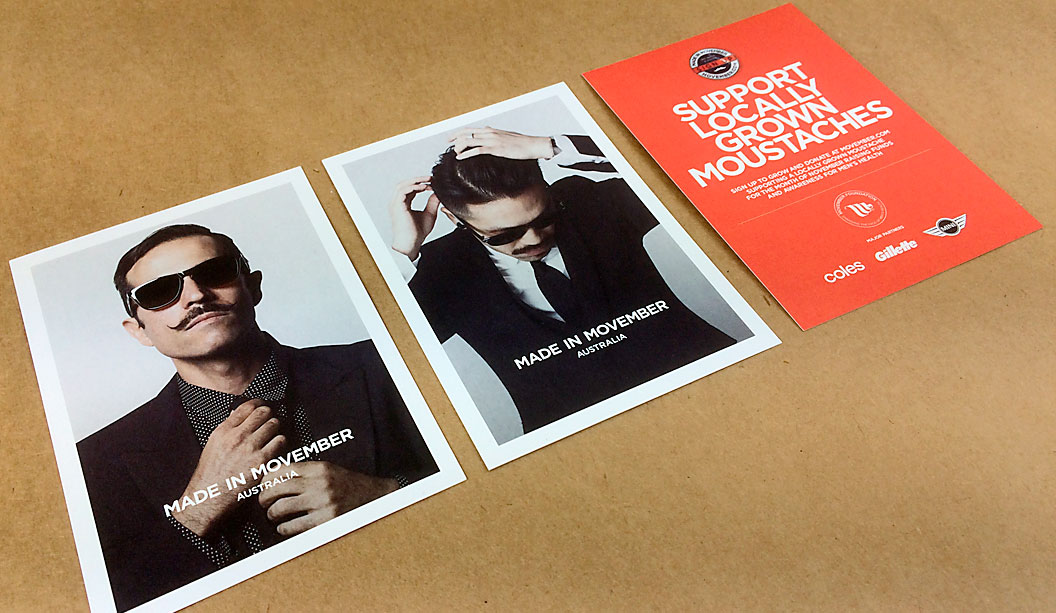Article courtesy of desktop online.
Author: Gemma Pass
Date: 25 August, 2015
The last time I received a handwritten letter, I was about 16. A group of friends of mine and I would write countless pages of notes to one another detailing everything from the books we were reading, the boys we were crushing on, and the kinds of silly adventures our families were getting up to over the summer breaks. Even now, I still find letters filled with tiny grains of sand from a friend’s holiday in Ningaloo and wisps of Guinea Fowl feathers from a family friend’s farm in Southern W.A. All beautifully nostalgic and tangible reminders of our lives in that point of time.

In collaboration with Ortolan’s illustrator and designer, Kat Macleod and the lovely team at Ortolan studio, K.W.Doggett Fine Paper have created ‘Snail Mail‘, a beautifully whimsical stationery set that celebrates the idea of love letters, intimate notes and whimsical celebrations, while showcasing the versatility of Rives’ latest range. With shiny silver foil bugs, blind-embossed weeds and tiny die-cut snail bitten edges, the gorgeous set is sure to inspire people to send someone they love some snail mail.
desktop spoke to Kat about the new Rives range, her love of hand written notes letters, and the importance of paper stock in the design industry.
You recently worked on the illustrations for Rives’ ‘Snail Mail’ project by Ortolan celebrating romance and whimsy; do you think work like yours keep handwritten words relevant in the digital age?
At Ortolan, we think that handwritten notes and letters are always relevant! No matter what the occasion, a handwritten note will always feel so special, and so completely different to a text message or an email. When K.W Doggett briefed us to create a special piece to promote Rives, Holly Canham and myself saw it as a great opportunity to design an exciting new stationery set (we made another one for Rives a couple of years ago), we hope to inspire people to send someone they love some snail mail. Rives is such a beautiful paper stock, with the range of textures and subtle colour shifts. It felt like the perfect project to create a letter writing kit out of the beautiful paper.
In reference to the relationship between paper stocks, textures and ink, what do users gain from a tangible product of design that they don’t gain from a digital product, and which do you prefer?
I love both! I love digital design. It can be so flexible and easy to reach a wide audience instantly. And obviously I also really love to create a printed product that you can hold and feel. They’re very different outcomes.
Holly and I wanted to create an exciting experience for people when they open up the Rives envelope and discover all the different cards and papers within. The different paper weights and textures can only really be appreciated by holding the piece in your hands. And we’ve incorporated lots of special finishes that can only be reproduced in a physical product. Shiny silver foil bugs, blind-embossed weeds and tiny die-cut snail bitten edges should surprise and delight as you make your way through the set.

Did you used to write and receive handwritten letters as a child? Do you think children today who don’t would gain something from this experience?
I loved sending and receiving letters and drawings as a child. I had family overseas I wrote letters to, as well as at least two pen pals I wrote to regularly. I adored making special packages to send off to my friends and family, and it was so exciting to receive something unexpected in the mail in return. Kids today should definitely send and receive snail mail! My four year old son loves to ‘post’ drawings to his grandparents when we are visiting their place (by post, he just rolls up a drawing and sticks it in their letterbox). I genuinely think he loves the making and sending part of the process equally as much as he loves watching them open up the letter and basking in their enthusiastic reaction.
With acronyms and email, people are becoming less romantic and intimate in the way that they communicate to one another, what do you think about that and how do you think your work can help change that?
Time changes many things and communication seems to be one thing that’s changed so much in recent years with hand written letters less common and email, text and phone conversations the norm. I don’t think it’s a bad thing or less romantic as such, just different to what was. Perhaps receiving a hand written note or letter is even more special now that it’s less frequent.
Should the skill of hand-written typography and illustration design continue to be something that is taught and encouraged in schools and universities? Or should tablets and design software rule supreme?
Hand drawn illustration and typography are certainly still great skills to learn and explore, among many other crafts. Hand drawn marks and drawings are unique to the individual who makes them, I feel like there’s more opportunity to create unique work. Also, it is so inspiring to create something with a pencils or paints and paper and draw what comes to mind, embracing mistakes and exploring new ideas as they come.
The imagination is such a huge resources of ideas and new thoughts, it’s such an important skill to develop and creating things by hand is a great way to cultivate and express ideas. In saying that, it’s always important to know how to use software and it is so vital in our industry, but it’s nice to start on paper and see where it takes you.
Watercolour illustrations can often be hard to digitise, in the sense that their look and feel can be difficult to replicate. How did you overcome this for the digital range in ‘snail mail’?
I paint all my watercolour illustrations on paper and scan them it into the computer, I haven’t ever tried to replicate watercolour directly on the computer, I need to use my hands and brushes and water to create the marks! And I love all the natural textures and marks the brush makes. It just wouldn’t be possible to recreate that on the computer. When I scan my illustrations, I clean up the files in Photoshop to remove dust and any errors, but I tend not to alter them much once on-screen. I do however, love to layer them up with other illustrations. Many of the illustrations in the Snail Mail stationery set are created by layering my illustrations together.
Kat Macleod is a Melbourne-based illustrator and graphic designer. Her whimsical and dream-like illustrations have appeared in Chinese Vogue, Numero Tokyo and The Age. More of her work can be found here.


 Footy Tips
Footy Tips





